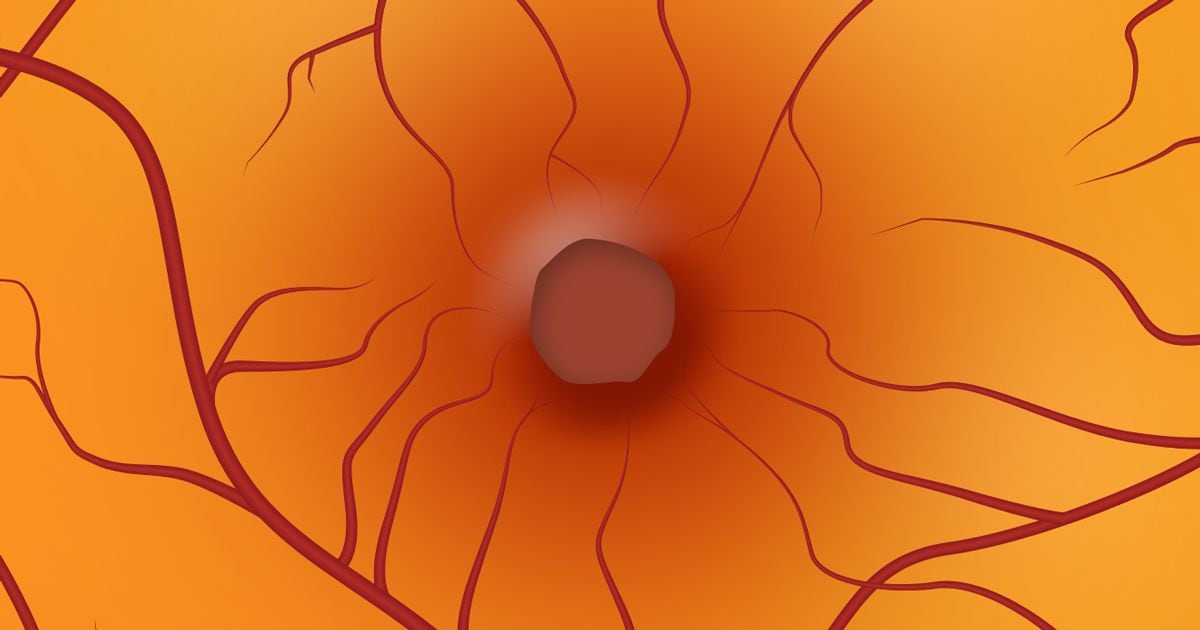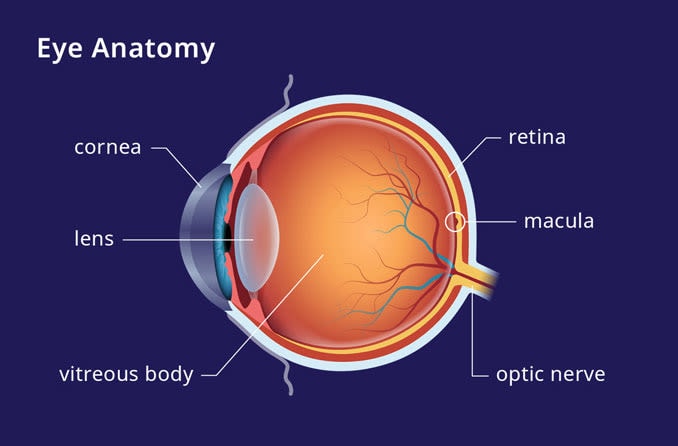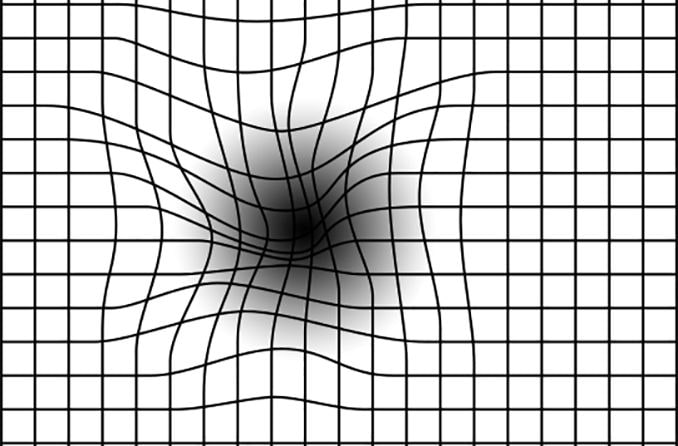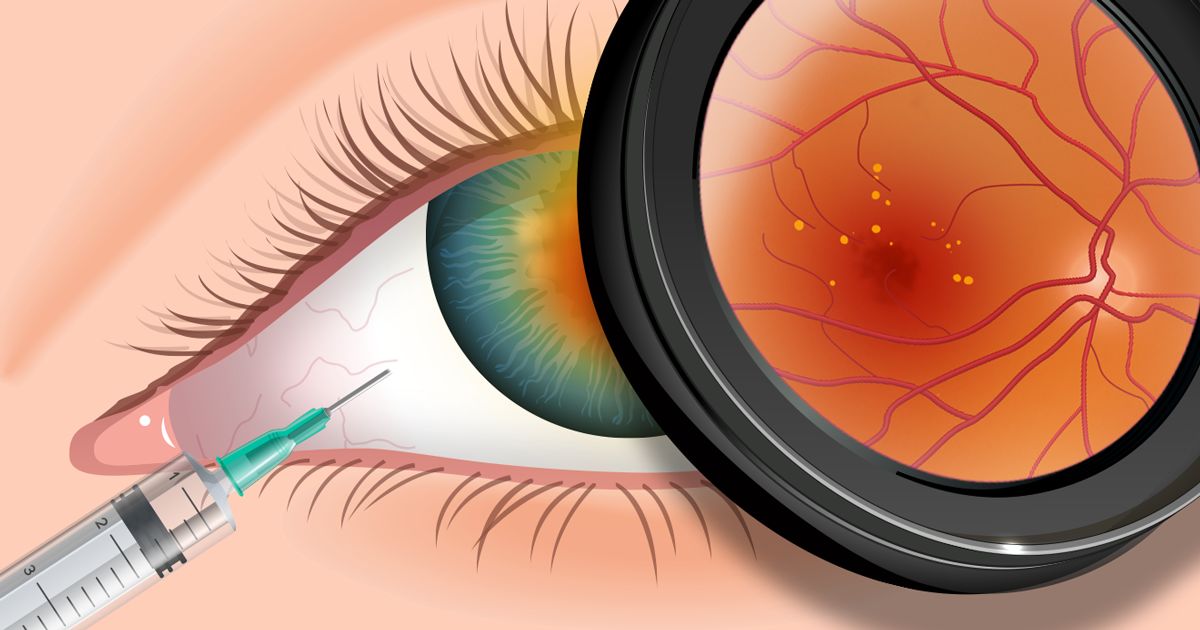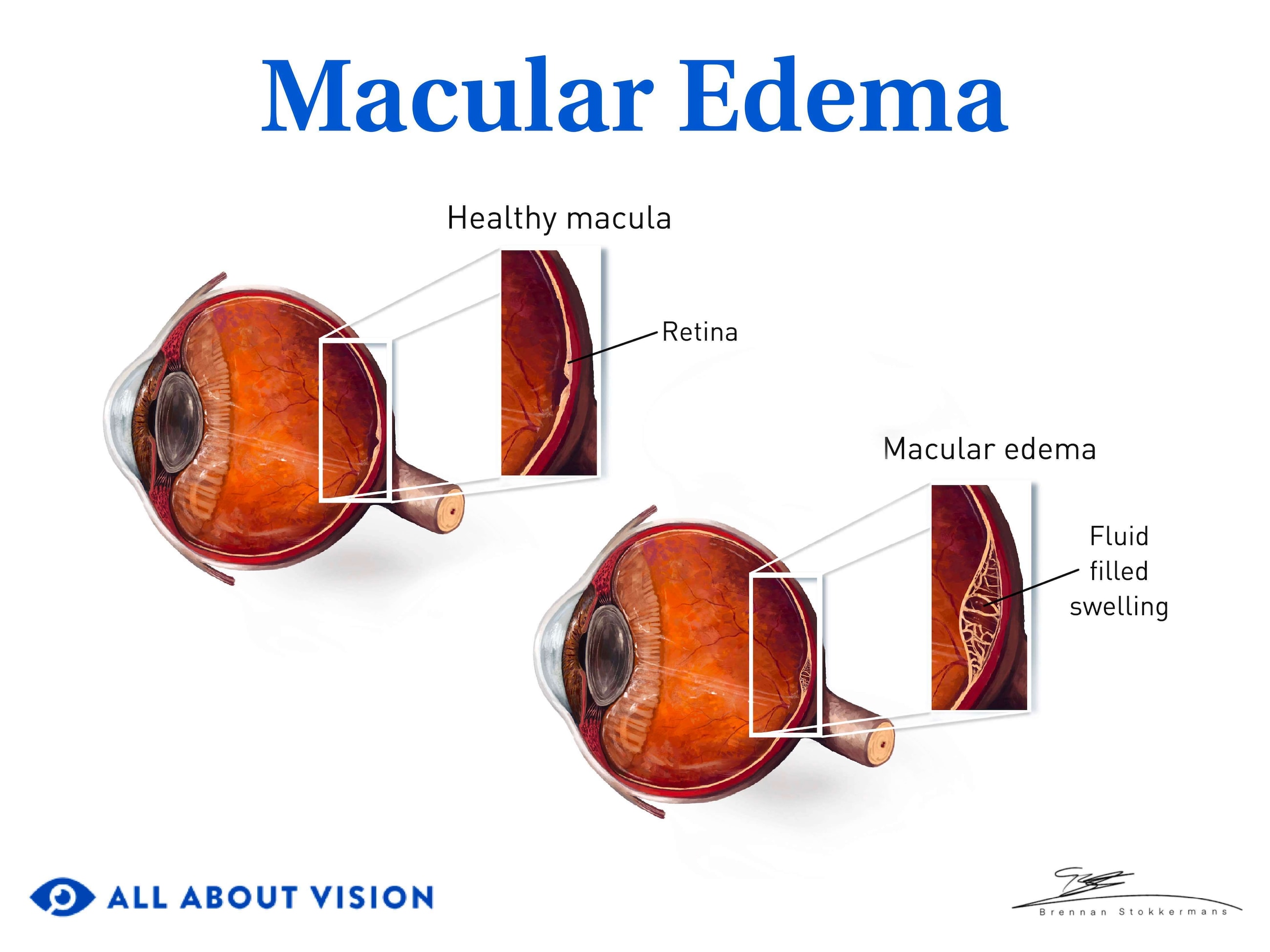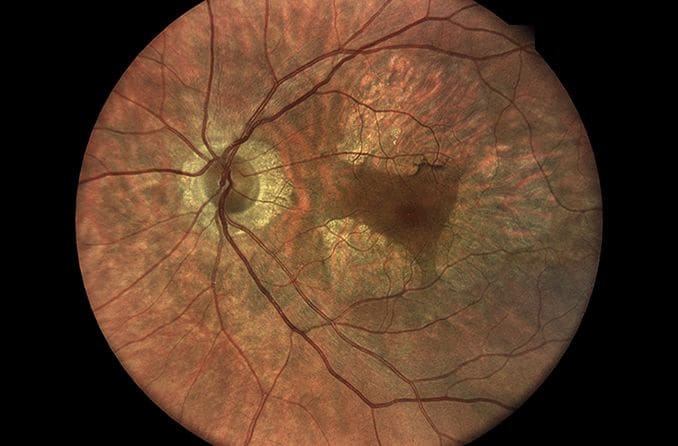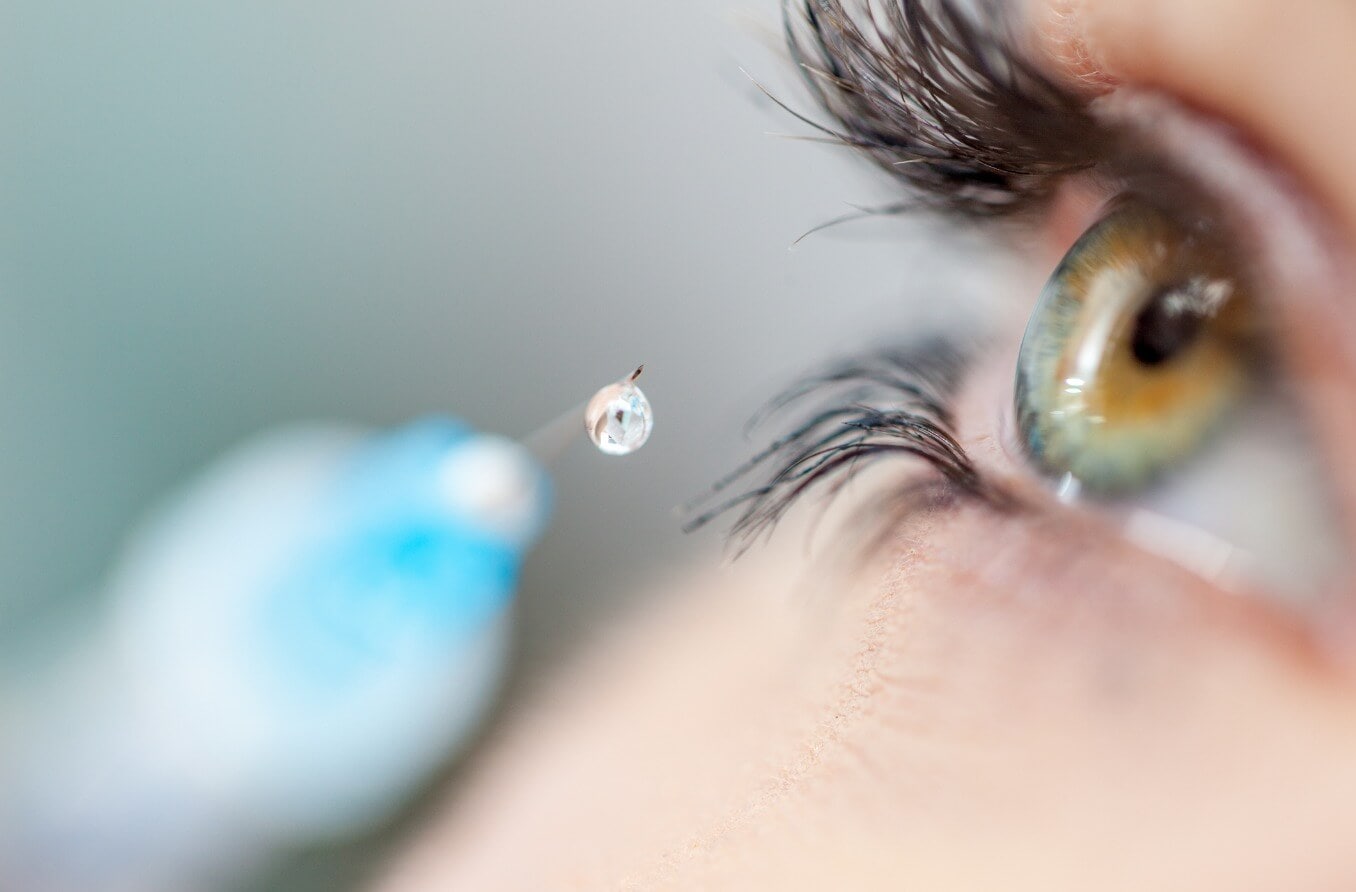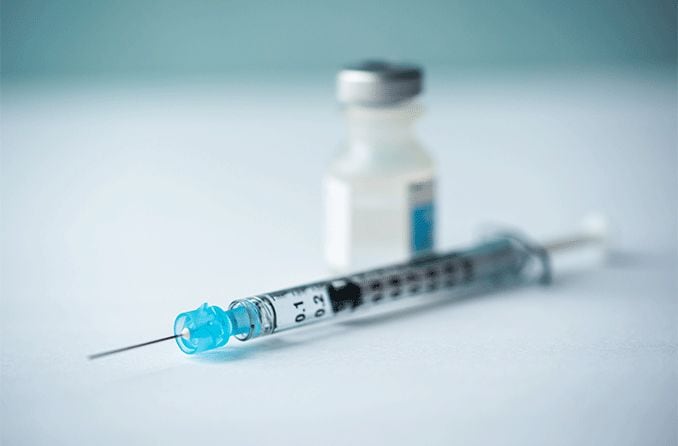It can be very scary if vision in one of your eyes suddenly becomes blurry and distorted, as may happen with development of a macular hole.
To understand how macular holes occur, it's important first to know a little about eye anatomy. The macula, where holes sometimes develop, is a very small spot in the center of the back of the eye (retina). Light focuses to a sharp point at the macula, which is the only area of the eye that sees crystal clear, color vision (such as for driving or recognizing faces).
The macula also is full of light-sensitive cells called cones. The entire rest of the retina is made up of photosensitive cells called rods that see black and white shading, shape and movement (such as for night vision and side vision).
Because macular holes often are related to aging processes, they are more likely to develop if you are over age 60. Also, women have a slightly higher risk for macular holes than men.
When a macular hole develops, most people notice a sudden decrease in vision in one eye.
Macular holes, tears and cysts are not the same as another age-related eye disease called macular degeneration, which also occurs more frequently among those over age 60.
Macular holes can occur due to:
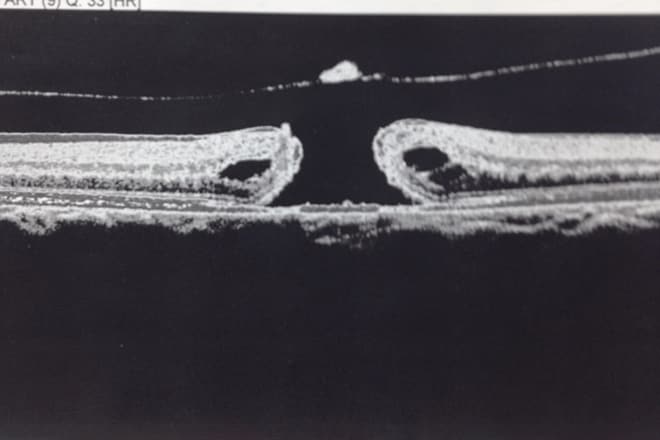
Macular hole as seen by optical coherence tomography (OCT). [Image credit: Patricia Connor McPhie Schaal]
- Vitreous shrinkage and/or separation
- Diabetic eye disease
- High amounts of nearsightedness (myopia)
- Macular pucker
- A detached retina
- Best's disease (inherited condition causing macular damage)
- Eye injury
Macular Hole Caused By Vitreous Shrinkage And/Or Separation
The back of your eye is filled with a rather thick, gel-like material called the vitreous humor ( also called the vitreous body or the vitreous ) that helps your eye keep its shape. The clear vitreous shrinks and becomes more liquid with aging, causing it to slosh around.
Because the vitreous is attached to the retina with tiny strands of cells, it can pull on the retina as it shrinks. Sometimes, this shrinkage can tear off a small piece of the retina, causing a hole. If this missing piece of retina is in the macula, it's called a macular hole.
Another direct cause of macular holes due to vitreous shrinkage is when the strands stay attached to the retina and break away from the vitreous. These strands can contract around the macula, causing the macula to develop a hole from the traction.
In either case, fluid develops where the vitreous shrinks to fill the spaces. This fluid can seep into a macular hole, causing blurred and distorted vision.
SEE RELATED: Vitreomacular traction syndrome
Macular Hole Progression
Left untreated, a macular hole can worsen over time. Macular holes occur in three stages:
Foveal detachments — about 50 percent worsen without treatment.
Partial-thickness holes — about 70 percent worsen without treatment.
Full-thickness holes — most worsen without treatment.
A macular hole sometimes can resolve without intervention, but most should be treated to prevent permanent vision loss.
Macular Hole Surgery And Repair
A vitrectomy is the most common treatment for macular holes. In this surgery, a retinal specialist removes the vitreous gel to stop it from pulling on the retina. Then the specialist inserts a mixture of air and gas into the space once occupied by the vitreous.
This bubble of air and gas puts pressure on the edges of the macular hole, allowing it to heal.
While the bubble is doing its job, you must lie face down so that the bubble stays in the right place in the eye, sometimes for as long as two to three weeks! Although it can be very boring and obnoxious to stay still for so long, this approach is absolutely necessary for you to achieve the best vision after treatment.
The gas/air bubble gradually goes away over time, and natural eye fluids take its place while the hole is healing.
Risks of vitreous surgery include infection and retinal detachment, both which are treatable. The most common risk, however, is cataract development. Cataracts usually occur rather quickly after a vitrectomy, but they can be removed once the eye has healed.
If you have had surgery for a macular hole using a gas bubble, you won't be able to travel by air for several months, because the gas can expand with pressure changes, causing eye damage.
People who have had a macular hole in one eye have a higher chance (about 10 percent) of developing a macular hole in their other eye at some time in their life. Therefore, you should have regular eye exams as determined by your eye doctor to catch problems early.
